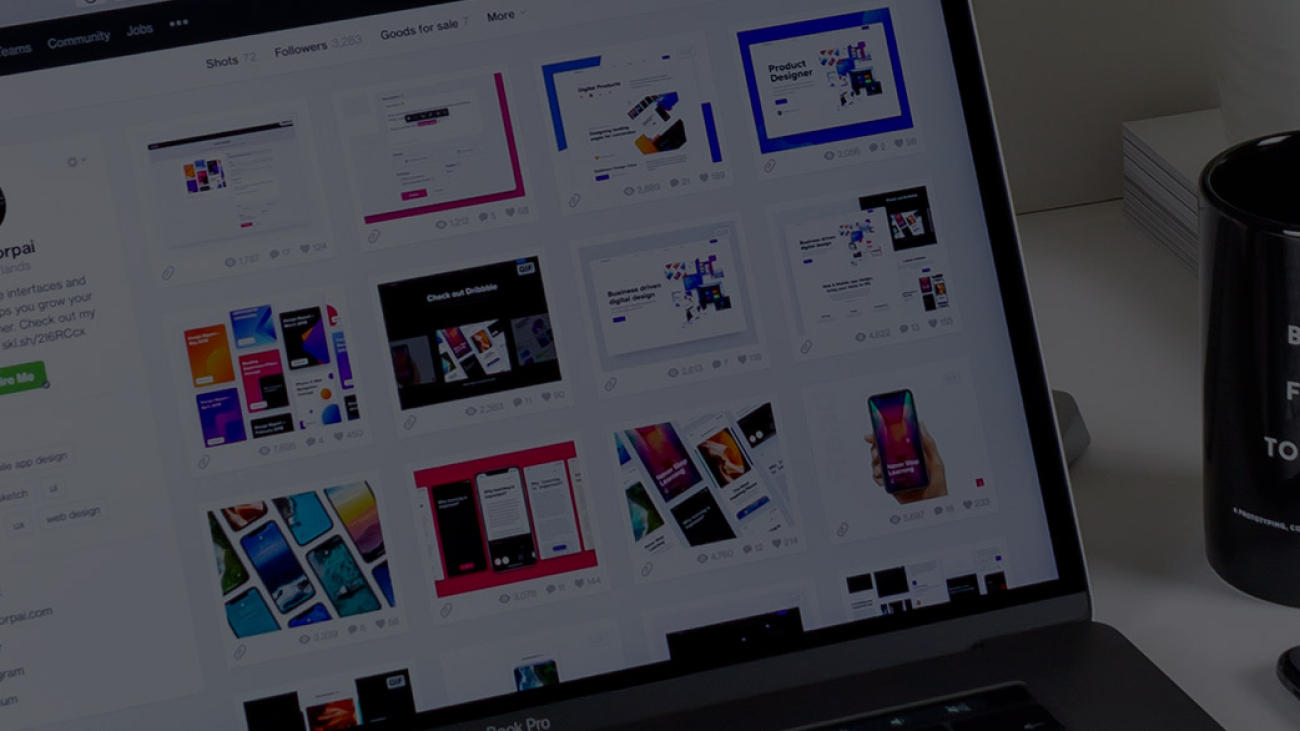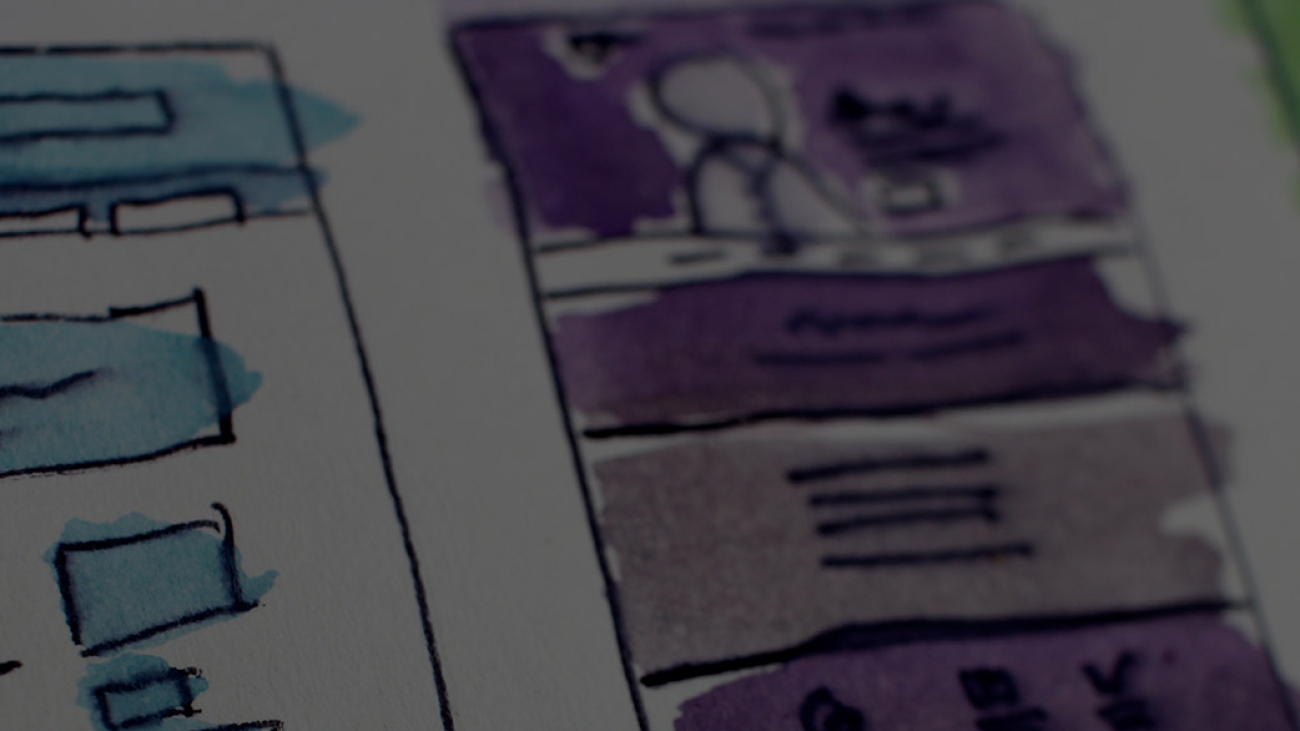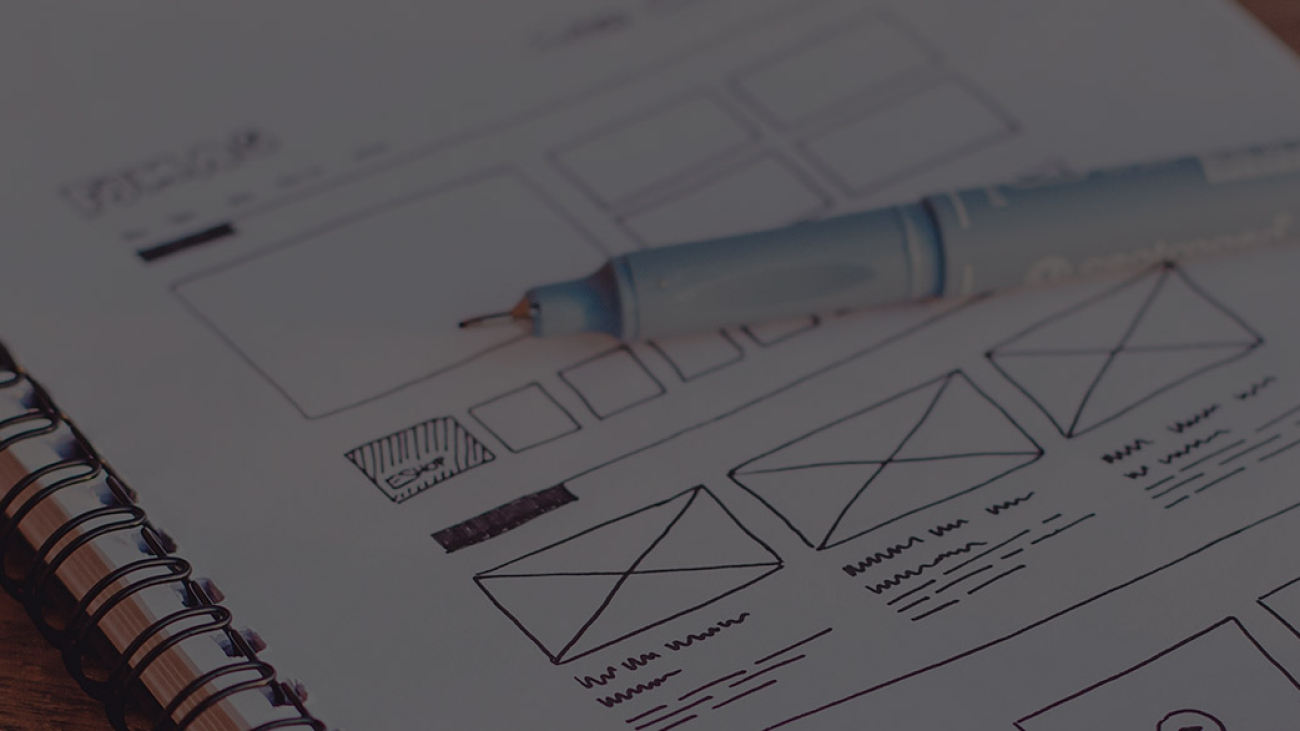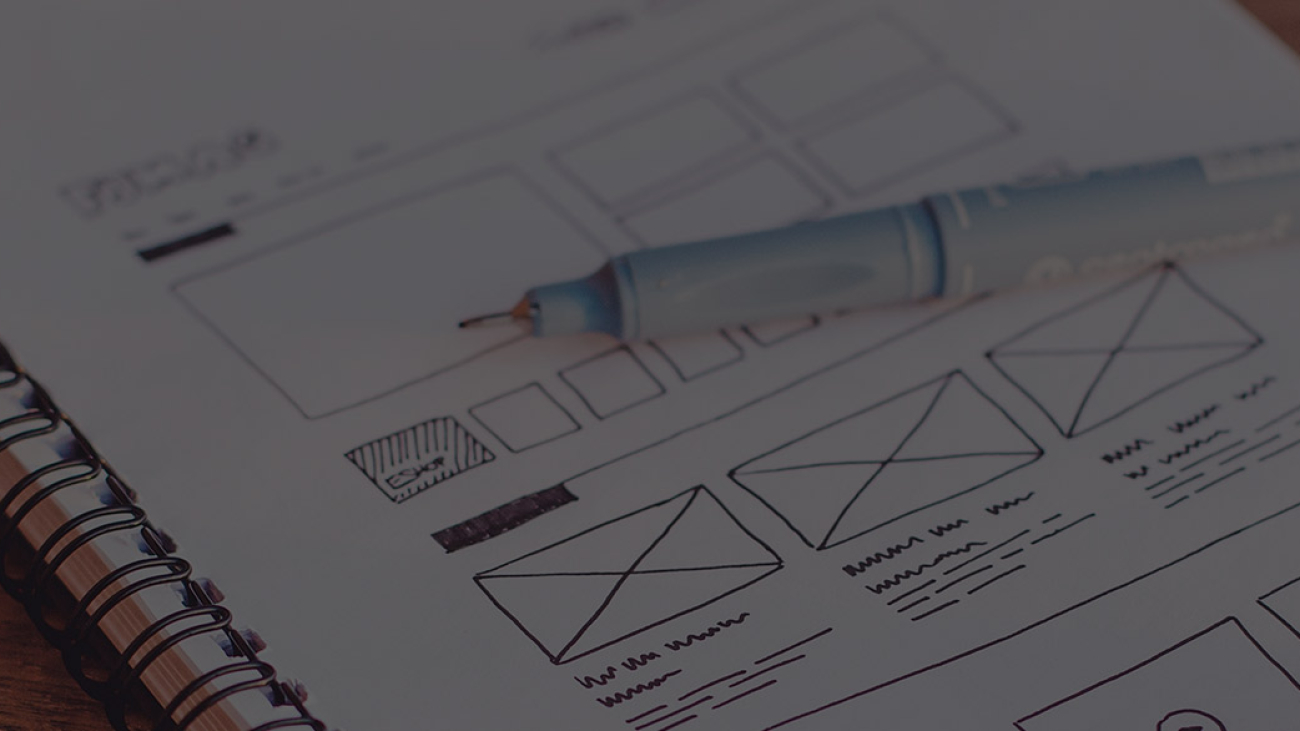A virtual business that operates 24/7, offering unparalleled conditions that allow you to analyze and stay ahead of the competition, reduce operational costs, eliminate geographical limitations, and is very easy to manage. Sounds perfect, doesn’t it?
But let’s imagine we’re strolling through a shopping center, and suddenly we enter a store where the products are poorly displayed, chaos reigns, even the walls are peeling, and the floor is dirty. If we had any confidence in that brand before entering the store, we would surely lose it completely and run out of there. Within the shopping center, there are many similar stores in better condition, so why buy there?
The same thing happens with online stores. Websites require maintenance to function properly; otherwise, customers may encounter obstacles in their shopping experience, resulting in losses for your business and damage to your brand image. However, many companies do not take these factors into account and, consequently, do not invest in the maintenance of their website. Today, we will review the four main reasons to invest in monthly maintenance.
- Security
A comprehensive maintenance plan includes periodic analyses to prevent or detect potential security threats to your website. Through such interventions, attackers may attempt to obtain payment information from your customers. Various threats, such as Denial of Service (DoS) attacks, involve overloading a server with requests to render it non-functional, preventing genuine users from accessing the site. Therefore, to prevent these issues, it is crucial to keep the website updated with the latest security features. Additionally, regular backup copies of your information are essential. In the event of a severe failure, having a backup allows you to quickly restore your online store.
- Statistics and Optimization
There are useful tools for decision-making that collect and store information about visitors. For example, insights into your most-viewed products, the segmentation of your potential customers, where they access your website from, and numerous other indicators. This is crucial for enabling you to develop marketing strategies and significantly increase your sales.
“Having an online store is like having a branch available for your customers at the time they prefer. So, would you leave your physical store unattended?”
Laura López Bukova – Data Scientist
- Speed and Updates
Maintenance services include the analysis and optimization of the display and speed of your site on mobile devices. This is crucial considering the frequency with which users access sites via mobile phones compared to desktop computers. By ensuring continuous content updates and the addition of new features, we can keep the page in line with technological advancements. This results in improved search engine rankings and increased sales.
- Inquiries and Support
Having someone to call in the event of specific queries related to your online business (uploading new products, changing texts, questions about the internal use of orders, etc.) is crucial. Additionally, common connectivity issues, information corrections, and other matters that enhance the quality of your brand are addressed. It is of paramount importance to have a technical team familiar with your website, ensuring swift and efficient issue resolution, even if a complete reinstallation is necessary.
Conclusion
A maintenance service saves you money, as hiring a solution when a problem arises incurs higher costs, and, on the other hand, you will already be dealing with several dissatisfied customers – an effect that will decrease your sales. Moreover, your website will appear professional, providing unmatched confidence to potential customers seeking your products. Let’s go back to the example of the physical store: if upon entering the store, we see a nice decoration, well-organized products, and a clean floor, we are undoubtedly more tempted to make a purchase.
At Avra, we offer a cost-effective monthly service to maintain your e-commerce website. We take care of preventive maintenance to ensure that your online branch is always operating in optimal conditions. We safeguard your sales, your customers, and add more value to your brand.






